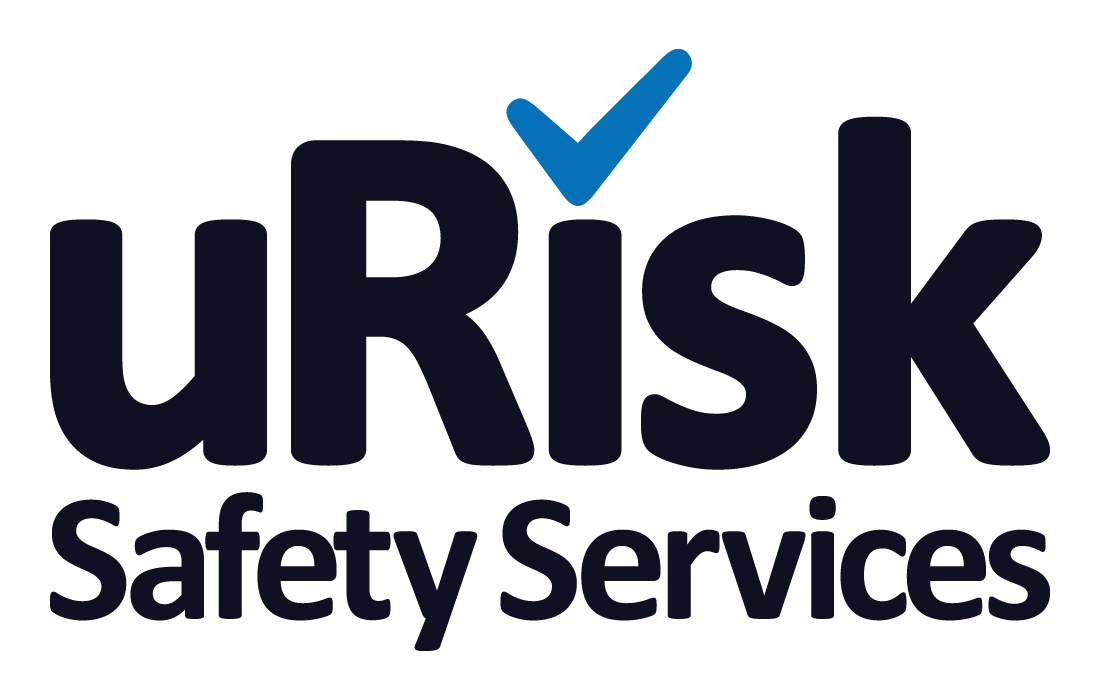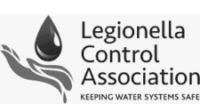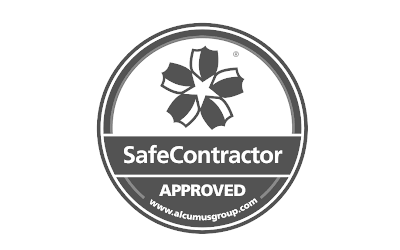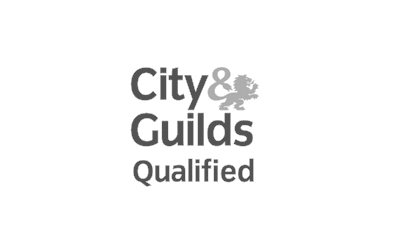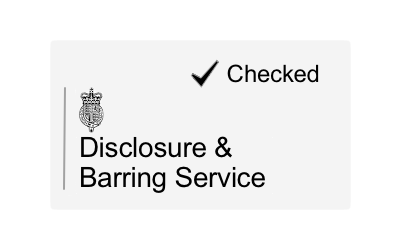7 Simple Steps to Legionella Compliance
To help our customers better understand how to meet legionella compliance we have created a 7 Simple Steps to Legionella Compliance how to guide to get you there:
Step 4
Water Logbooks
Step 1 – Legionella Risk Assessment.
Firstly, a competent person must undertake a legionella risk assessment, commonly also referred to as a water risk assessment, to help identify the risks from legionella.
Step 2 – Legionella Remedial Works
Once you have received your legionella risk assessment and list of identified risks, you must now remediate these risks by either removing or reducing the risk of exposure to legionella. A few examples of legionella remedial actions include: cleaning cold water storage tanks, removing dead legs, replacing flexible hoses, installing anti-scalding valves and descaling assets to name a few.
Step 3 – Legionella Testing (Sampling)
According to the HSE guidelines “water samples should be analysed for Legionella periodically to demonstrate that bacteria counts are acceptable.” It is important for you to know as well that Legionella risk testing is not a replacement for a full risk assessment and should be used in conjunction with a risk assessment and other legionella control measures to mitigate the risks of infection in your water system. The HSE also states within the HSG274 pt2 legionella bacteria testing “should be carried out where there is doubt about the efficacy of the control regime or it is known that recommended temperatures, disinfectant concentrations or other precautions are not being consistently achieved throughout the system.” A full risk assessment would also register if there is a need for water samples to be taken.
Step 4 – Water Logbook
The water logbook is your in all one place to keep records. The water logbook will keep records on:
- Legionella Risk Assessments
- Legionella Remedial Works
- Legionella Testing (Sampling)
- Water Logbooks
- Legionella Schematic Drawings
- Legionella Training
- Legionella Monitoring Results
- Management and Control Records
Step 5 – Legionella Schematic Drawings
Legionella Schematic Drawings form an integral part of any legionella control and management programme and are specifically required by the HSE’s guidelines – HSG 274 Part 2. The legionella schematic drawings may be a simplified but accurate diagram that identifies the water system assets and equipment components.
Legionella schematic drawings should be easy to read without the need for specialist training or experience. Legionella schematic drawings should also include all temporary fittings are present within the water system. For instance, a temporary washing machine that is only intended to be installed for a short period of time should still be incorporated within the schematic as it will directly impact the water systems water quality if not managed correctly.
If you have already had a legionella risk assessment or legionella monitoring carried out in the past, the chances are you have a legionella schematic drawing. We understand that you may have already carried out a legionella risk assessment, legionella testing, or a legionella schematic drawing. This is why uRisk provides all legionella services independently to tailor to your requirements. This helps to make our pricing the most competitive in the industry for water hygiene and legionella services.
Step 6 – Legionella Training
Legionella and legionnaires disease has the potential to cause serious harm to health if not monitored correctly. All water systems require by law a legionella risk assessment and therefore all duty holders and responsible persons with water systems should undertake a legionella awareness training course to understand what legionella is, why it is important, understand legionella health and safety and what the risks are if someone is infected from contaminated water.
Step 7 – Legionella Monitoring
Finally, once all the above has been undertaken, suitable precautions should be taken to prevent, manage and control the risk of exposure to legionella and legionnaires disease. You can do this by undertaking the following control measures:
- Weekly Flushing
- Monthly Temperatures
- Quarterly Descaling
- Quarterly Return Loops
- Quarterly POU Legionella Filters
- Six Monthly Expansion Vessel Flushing
- Six Monthly Filter Service
- Six Monthly Ultraviolet Light Service
- Annually Review
- Annually Tank Inspection
- Annually Cylinder Inspection
- Annually TMV Service
- Annually Representative Temperatures
- Annually Water Softener Service
- Annually Legionella Sampling
- Annually Other Risk System Monitoring
Your Dedicated Water Hygiene Team
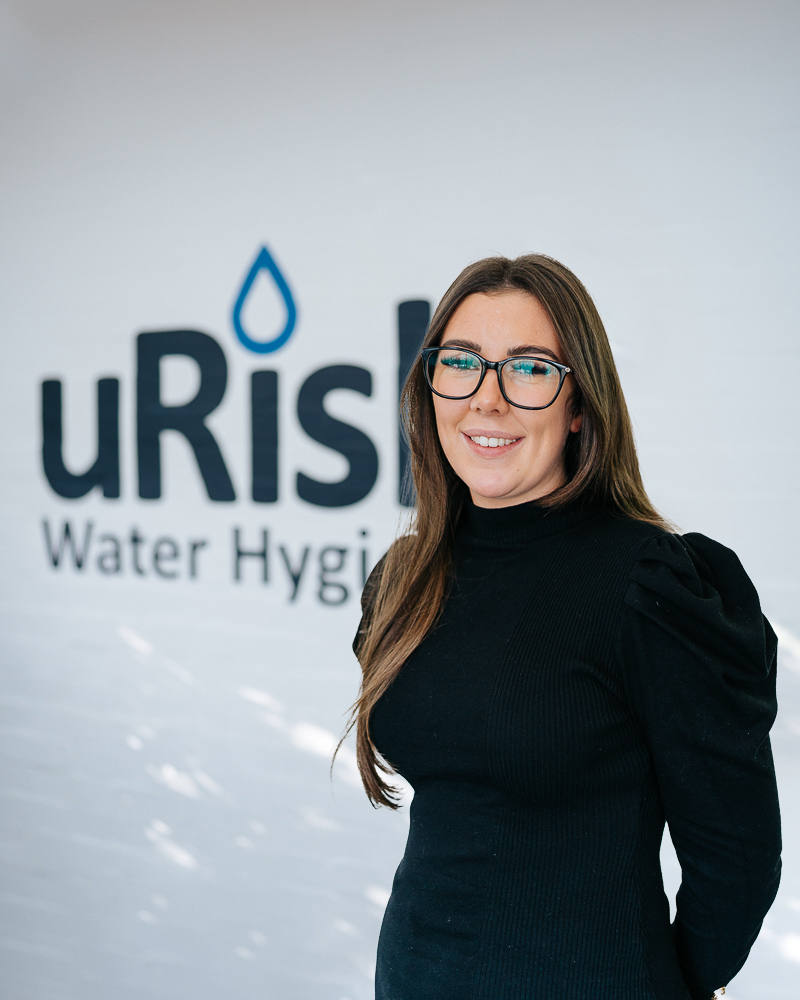
Lottie
Customer Service
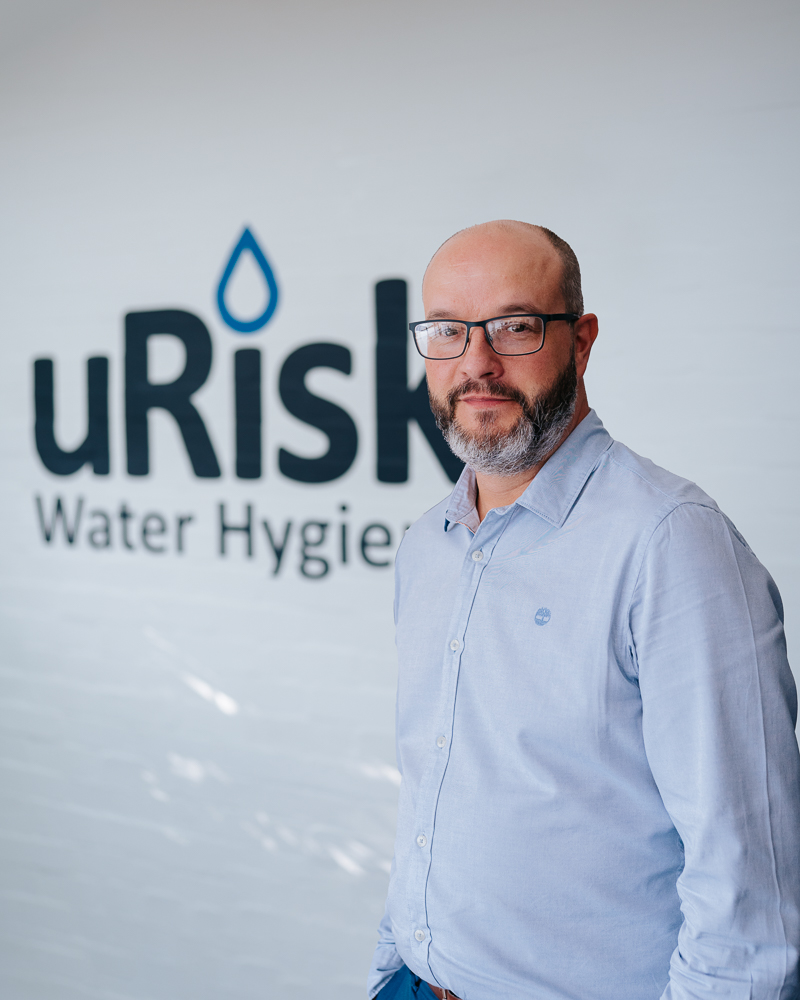
Neil
Operations
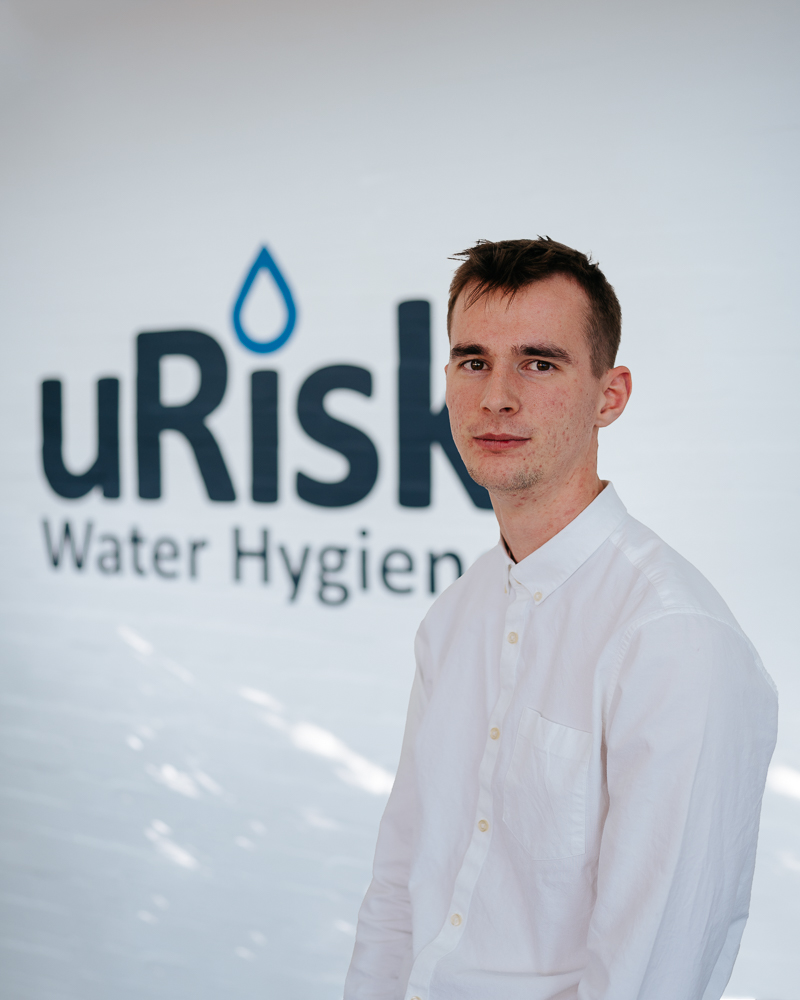
Shaun
Support
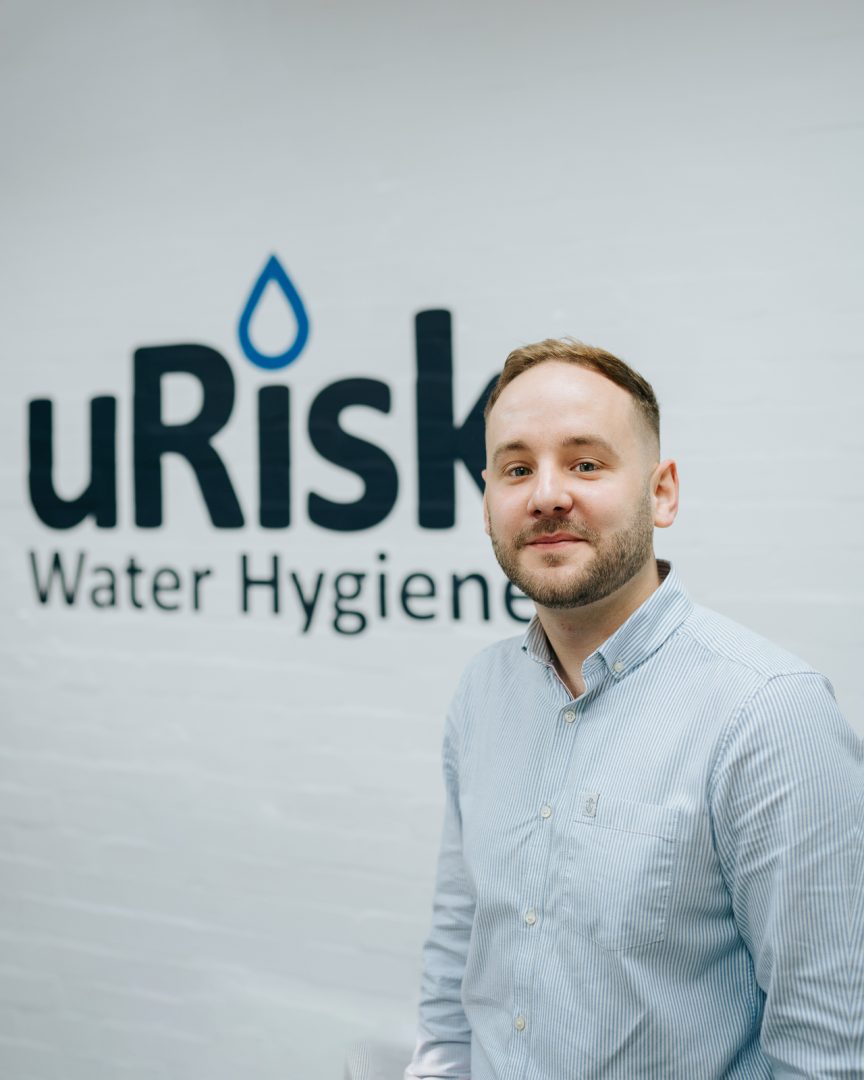
Luke
General Manager
Why choose uRisk?
Over 25 years of water hygiene and legionella control experience.
Friendly and simple advice by phone, email & online at your convenience.
All staff are trained water hygiene consultants and engineers.
With engineers located all across the UK, we’re never too far away.
Our labs are UKAS approved providing you with quality assurance.
Your one stop shop for Legionella control, no need to go elsewhere.

